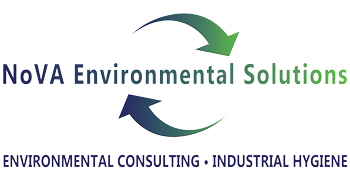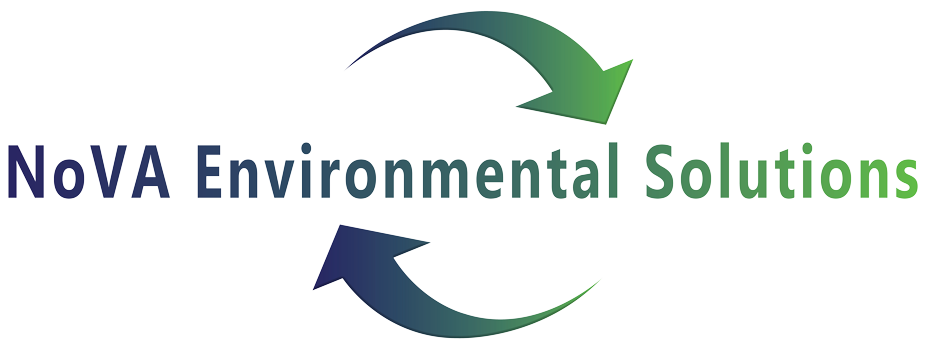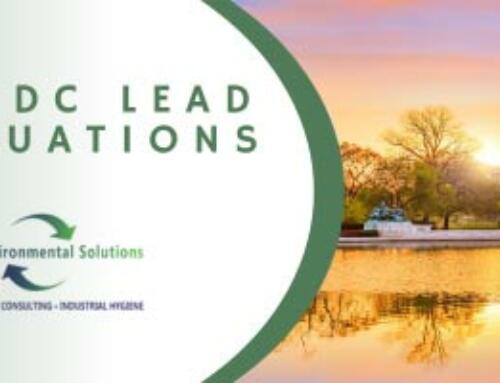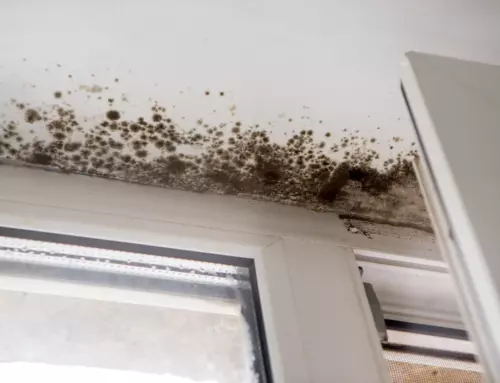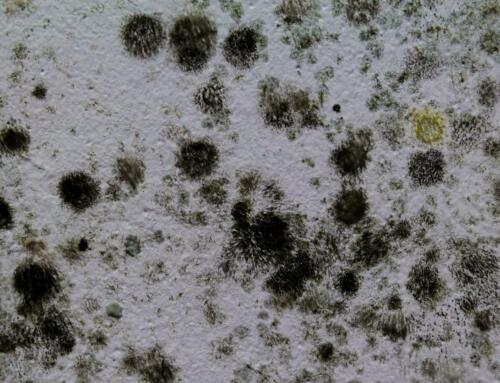3 Phases of Environmental Site Assessments
What Are Environmental Site Assessments & Why Are They Important?
Environmental Site Assessments, or ESAs, investigate past and current uses of a commercial property to determine if the property has been affected by recognized environmental conditions (RECs). These assessments are essential in ensuring the surrounding environment is not negatively impacted. If you purchase a property where contamination has occurred, for example, you could be held liable, so, before investing thousands, or millions, of dollars, it’s recommended that you do your due diligence and ensure your property is environmentally sound.
The 3 Phases of an Environmental Site Assessment
Traditionally, there are three phases of an Environmental Site Assessment; Phase I, II, and III. Each phase can be integral in determining the property’s environmental condition and how to correct any issues. Therefore, it is critical that an appropriately credentialed consultant conducts each stage.
Phase I – Assessment
Phase 1 is the preliminary  assessment. It begins with paperwork and a visual inspection. Investigators will audit historical records, past site usage, and other information to determine if contamination might have occurred at the property. This includes reviewing past operating records and discussing with past owners, occupants, and related government officials–if necessary. The onsite or visual inspection compares the current property conditions to the original site plans and includes assessing adjoining properties.
assessment. It begins with paperwork and a visual inspection. Investigators will audit historical records, past site usage, and other information to determine if contamination might have occurred at the property. This includes reviewing past operating records and discussing with past owners, occupants, and related government officials–if necessary. The onsite or visual inspection compares the current property conditions to the original site plans and includes assessing adjoining properties.
Phase I offers an idea of whether or not actual contamination has occurred, is present, or is likely to occur and whether or not further investigation is needed.
Phase II – Investigation
The definitive proof is found in Phase II. If a Phase I Environmental Site Assessment determines the likelihood of contamination is relatively low, it is often considered sufficient due diligence. However, Phase II is needed if the Phase I assessment shows probable contamination.
A Phase II investigation is more in-depth and involves a physical inspection of the property, including the grounds and the building. This phase can involve: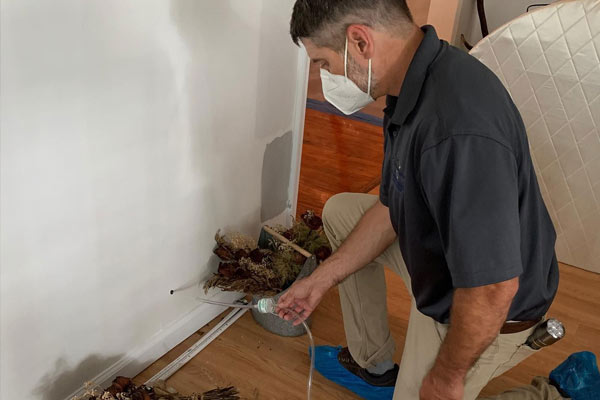
- Examining the building interior for evidence of lead paint, radon, asbestos, mold, and other hazardous conditions.
- Testing water and soil samples for contaminants.
- Determining if the property’s use would negatively impact endangered species, wetlands, or ecological resources.
Phase II will definitively determine whether contamination did (or did not) occur. The results are written into a Phase II ESA report, and recommendations are made based on regulatory compliance and potential health and human safety risks.
Phase III – Remediation
Once the scope of contamination is determined, Phase III offers a plan of action to minimize or eliminate environmental hazards based on the results of the previous phases. During this phase, procedures such as treating soil, monitoring and remediating groundwater, controlling moisture and eradicating mold, etc. until concentrations of contaminants adhere to acceptable minimum regulatory levels. While many remediation options exist, NoVA Environmental Solutions team of experts will help you determine the most efficient solutions for your site’s needs.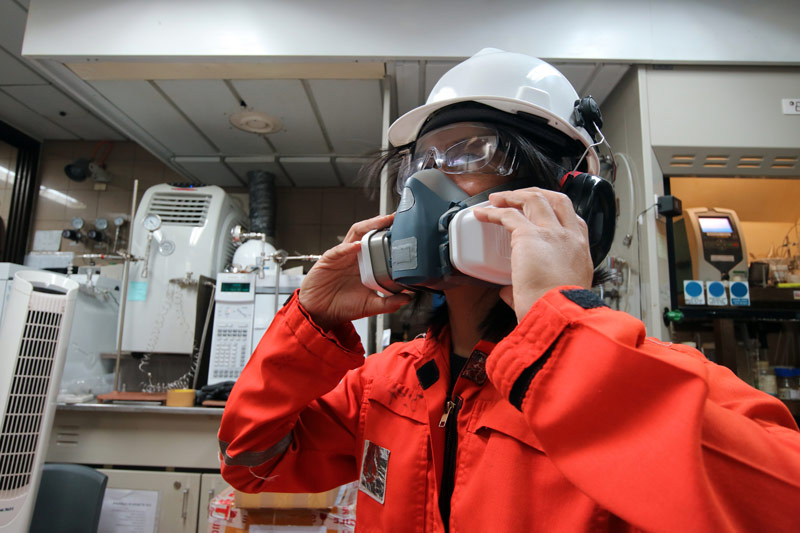
The costs associated with environmental cleanup can run high, depending on the depth of the contamination. Therefore, we recommend Environmental Site Assessments to give you peace of mind and prevent you from inheriting the liability when purchasing your commercial property.
At NoVA Environmental Solutions, our Field Staff is professionally trained, certified, licensed, and/or accredited in all environmental assessment and mitigation levels. Contact us to learn more about our Environmental Site Assessment services.
